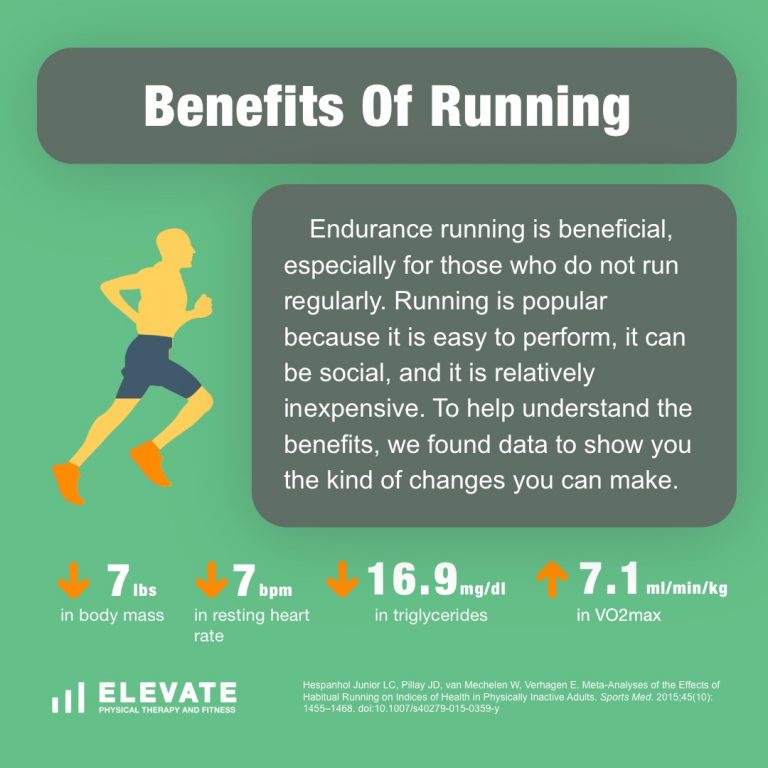Running FAQs
Running FAQs: These are some of the most common running questions we receive. Scroll down or click on each question to view the answers.

What are the Most Common Running Injuries?
This is one of the most common running FAQs. In a systematic review by Lopes et al, they found 28 different injuries captured over 12 months. In a running pool of 3,276 runners,
- 13.6-20% presented with Medial Tibial Stress Syndrome
- 9.1-10.9% reported Achilles Tendinitis
- 5.5-10% reported Plantar Fasciitis
- 5.5-22.7% reported Patellar Tendinopathy
- 9.1% reported Trochanteric Bursitis
So why is this important? If we know the common areas for injury, then we can target that tissue to reduce the risk of that injury happening. Do you want to reduce your risk of a running injury? Check out these resources.
How Do I Start Running?
Interested in starting to run but don’t know where to begin? Consider beginning with a coach. Local resources include the Second City Track Club or Toe The Line with Coach Tia.

Is it Safe to Run on a Treadmill?

Benefits:
- OXYGEN. No difference in VO2 as compared to overground.
- MECHANICS. The biomechanics are largely comparable to overground.
- MUSCLES. Similar degree of muscle activity to overground running.
- SOFTER SURFACE. Treadmills are a less stiff running surface as compared to concrete. This can be good for recovering from injury or protecting joints.
- Great for performing a Video Gait Analysis.
Disadvantages:
- CONSISTENCY. On a treadmill, we run in a straight line only without turns or uneven surfaces. This may sound like a good thing, but it does not prepare us for on ground running and also causes more repetitive loading of the same body tissues which can be correlated with increased risk of injury.
- NO AIR/WIND RESISTANCE. This can be accounted for by using a treadmill with 1% incline, but this is probably only necessary at higher running speeds.
- STEEPER LEARNING CURVE. For novice treadmill runners, it can take up to 8 minutes of treadmill running to achieve stable running mechanics.
- HIGHER RPE. Runners perceive a higher level of effort on a treadmill and they select slower speeds because of this.
- PERFORMANCE. Worse endurance running performance.
SUMMARY: In general, running on a treadmill can be a good substitute for running overground because the mechanics and muscles used are very similar. However, runners often feel they are working harder on a treadmill and therefore go slower and have worse performance. These changes may be related to people being uncomfortable running on a treadmill due to increased fear of tripping or falling.
Can I Run During the Winter?

- Quicker Time to Fatigue – Studies have shown that individuals are quicker to fatigue when exercising in the cold. It’s okay to decrease your running duration in the winter.
- Breathing – When rapidly breathing cold air, it can be difficult for our air pathways to have enough time to fully warm and humidify the air before it reaches the deepest parts of our lungs. Try breathing with a scarf or bandana over your mouth.
- Warm Up – Our bodies respond to cold temperatures by shunting blood away from the muscles of our arms and legs. Prior to going outside, perform a dynamic warm up to promote blood flow to these areas.
- Run in Laps – Avoid running for a long duration before turning around and coming back. Instead, pick a short loop to run and if you feel the effects of the weather, you will never be too far from warmth.
- Layers – Even though you will be very cold when you start, your body will warm up as you continue to run. Be ready to shed some outer layers to adjust as your body temperature increases.
Hydration – You may feel like you sweat less, but hydration is still equally as important in cold weather. Being well hydrated can help us to humidify the cold air we breathe in and reduce the likelihood of breathing difficulties.

